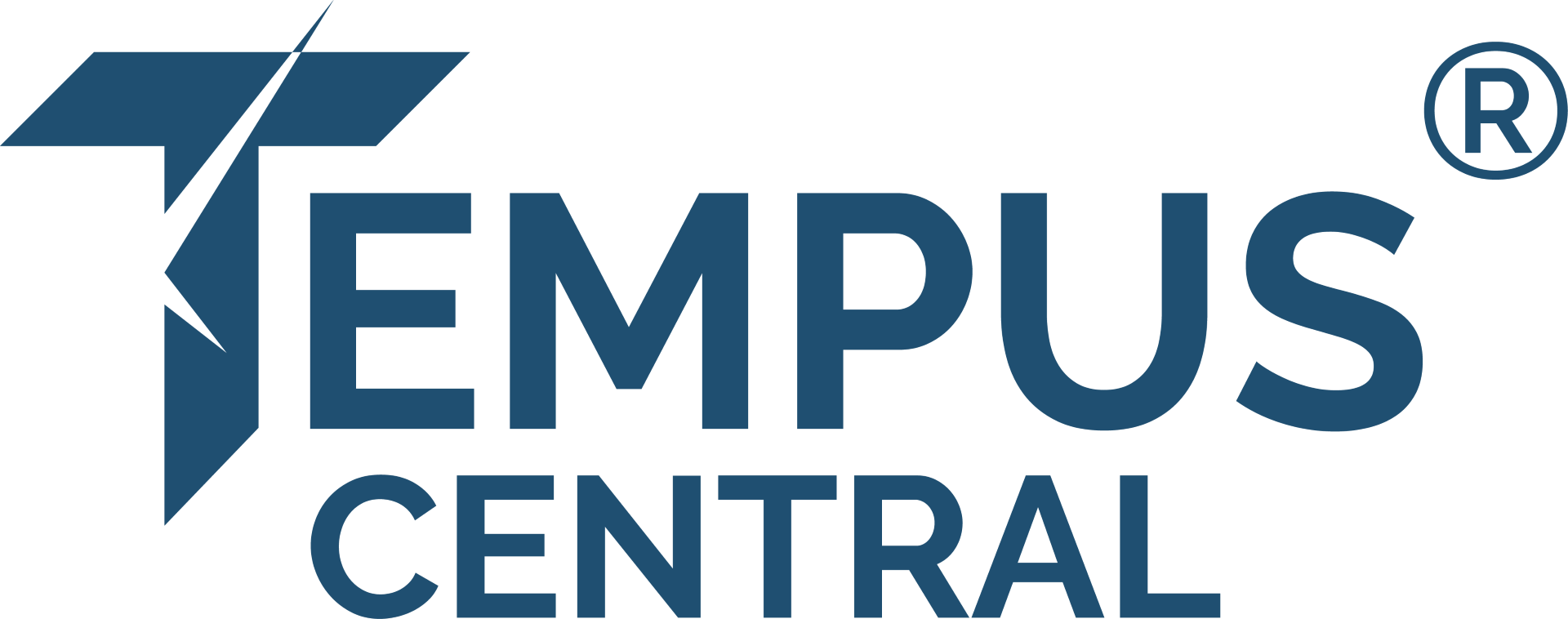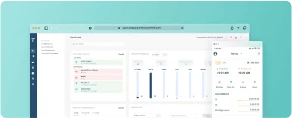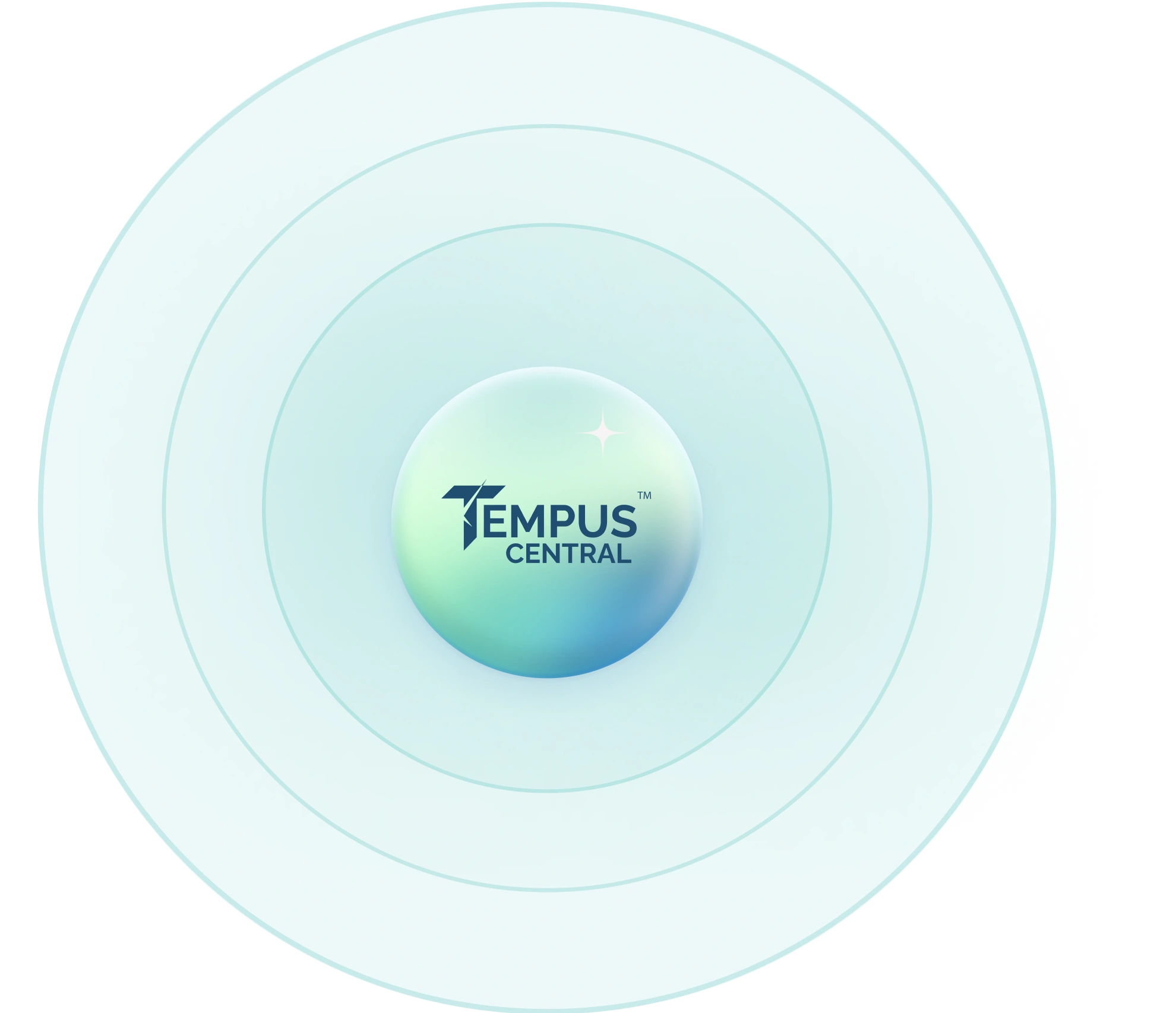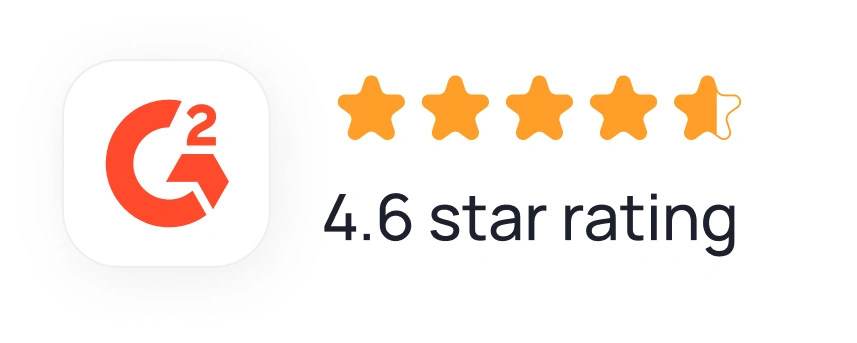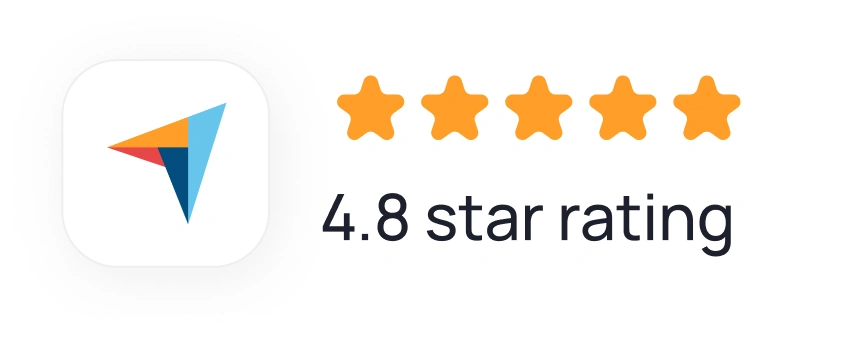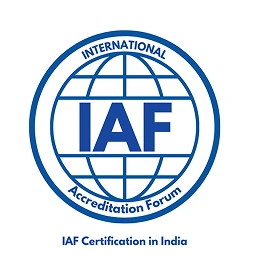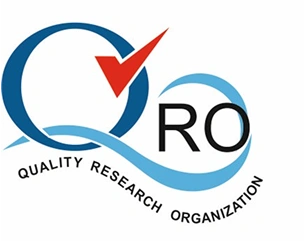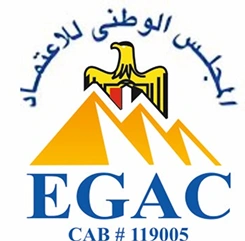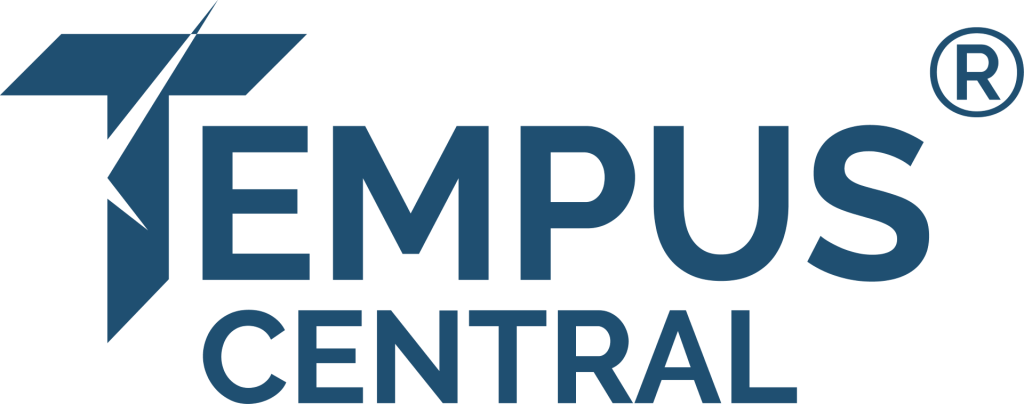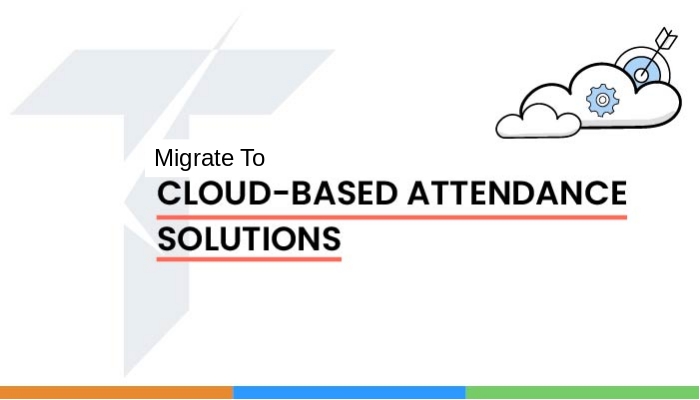
The Modern Shift: Why SaaS-Based Time Attendance Solutions Outshine On-Premises Systems
In today’s fast-paced business environment, managing employee time and attendance efficiently is crucial for both operational success and compliance. Traditionally, many organizations have relied on on-premises time attendance solutions. However, with the rise of Software-as-a-Service (SaaS) platforms, the landscape is shifting. SaaS-based time attendance solutions are rapidly gaining traction, offering several compelling advantages over their on-premises counterparts. Here’s why businesses are making the switch and how a SaaS approach can enhance your time management strategies.
1. Lower Upfront Costs
One of the most significant advantages of SaaS-based time attendance solutions is the reduction in upfront costs. On-premises systems require substantial initial investments in hardware and software. This includes purchasing servers, installing software, and potentially even upgrading infrastructure to support the system. In contrast, SaaS solutions operate on a subscription model, often with minimal upfront fees. This allows businesses to avoid large capital expenditures and instead spread costs over time with predictable monthly or annual payments.
2. Scalability and Flexibility
Scalability is another key benefit of SaaS solutions. As your business grows, adding new users or expanding features with an on-premises system can be complex and costly. In contrast, SaaS platforms are designed to scale effortlessly. You can adjust your subscription to accommodate more users or additional functionalities without the need for significant IT intervention or hardware upgrades. This flexibility ensures that your time attendance system grows with your business, adapting to changing needs and user requirements.
3. Automatic Updates and Maintenance
With on-premises solutions, keeping your system up-to-date often involves manual updates and maintenance, which can be both time-consuming and risky. SaaS providers handle all updates and maintenance automatically, ensuring that you always have access to the latest features and security patches without any additional effort on your part. This not only reduces the burden on your IT team but also enhances system security and performance.
4. Accessibility and Remote Management
The cloud-based nature of SaaS solutions offers unparalleled accessibility. Employees and managers can access the time attendance system from anywhere with an internet connection, whether they are working from home, on the go, or at multiple locations. This remote accessibility is especially valuable in today’s increasingly flexible work environments. It allows for real-time tracking and management, facilitating better oversight and more accurate record-keeping.
5. Enhanced Security
While on-premises systems rely on your internal security measures, SaaS providers typically offer robust, enterprise-grade security features. These include data encryption, regular security audits, and compliance with industry standards and regulations. SaaS vendors invest heavily in protecting their infrastructure, often employing dedicated teams of security experts. This level of security can be challenging to achieve with on-premises systems, where the responsibility for data protection falls squarely on your shoulders.
6. Improved Collaboration and Integration
Modern SaaS solutions are designed with integration in mind. They often offer seamless connectivity with other business applications such as HR systems, payroll software, and productivity tools. This integration streamlines workflows and reduces manual data entry, leading to more accurate and efficient operations. Collaboration features, such as shared dashboards and real-time updates, further enhance the ability of teams to work together effectively.
7. Reduced IT Burden
Managing an on-premises time attendance system requires a dedicated IT team to handle hardware maintenance, software updates, troubleshooting, and more. SaaS solutions minimize the IT burden by outsourcing these responsibilities to the service provider. This allows your internal IT team to focus on more strategic initiatives, rather than day-to-day maintenance tasks.
8. Disaster Recovery and Reliability
SaaS providers typically offer high levels of reliability and disaster recovery capabilities. Data is often backed up regularly and stored across multiple locations to ensure continuity in the event of a failure or disaster. This level of reliability can be difficult to achieve with on-premises systems, where managing backups and ensuring data recovery is an ongoing challenge.
Conclusion
SaaS-based time attendance solutions offer a range of advantages over traditional on-premises systems, from lower costs and enhanced scalability to improved security and reduced IT burden. By adopting a SaaS approach, businesses can enjoy greater flexibility, accessibility, and efficiency in managing employee time and attendance. As the workplace continues to evolve, embracing these modern solutions can provide a competitive edge and drive better operational outcomes.
For organizations looking to leverage the benefits of a SaaS-based time attendance solution, CIPL offers Tempus Central—a robust and flexible platform designed to meet diverse business needs. Tempus Central combines advanced features with the reliability and scalability of the cloud, making it an ideal choice for businesses seeking to streamline their time and attendance processes. Discover how Tempus Central can transform your time management practices and enhance your operational efficiency.
